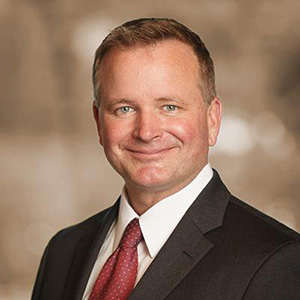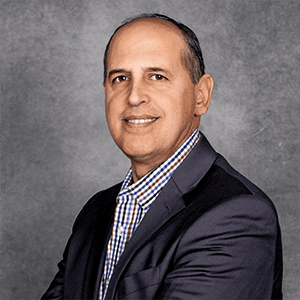Paul Rogers

Paul Rogers
President and CEO, Wurldtech Security TechnologiesPaul Rogers is the President and CEO of Wurldtech, and is the General Manager of Industrial Cyber Security for GE. Paul is responsible for setting the growth strategy and vision for Wurldtech's products, services and its prestigious Achilles Certifications. Prior to GE, Paul was a principle corporate stakeholder in Praxis Engineers where he served as the engineering and product line leader and visionary, until the company was acquired by GE in 2001. Paul is the recipient of numerous GE accolades in executive leadership, quality, productivity and risk reduction and holds an MS and BS in Chemical Engineering from San Jose State University.
Articles by Paul Rogers
Many operators don’t know what’s actually transpiring on their OT networkand, even if hacked, have no knowledge of the assault Innovation in the oil and gas, utility, he...
News mentions
Connected Security Expo selected this year's keynotes based on their expertise in the convergence of physical and cyber security trends Connected Security Expo @ ISC West, sponsored...



























